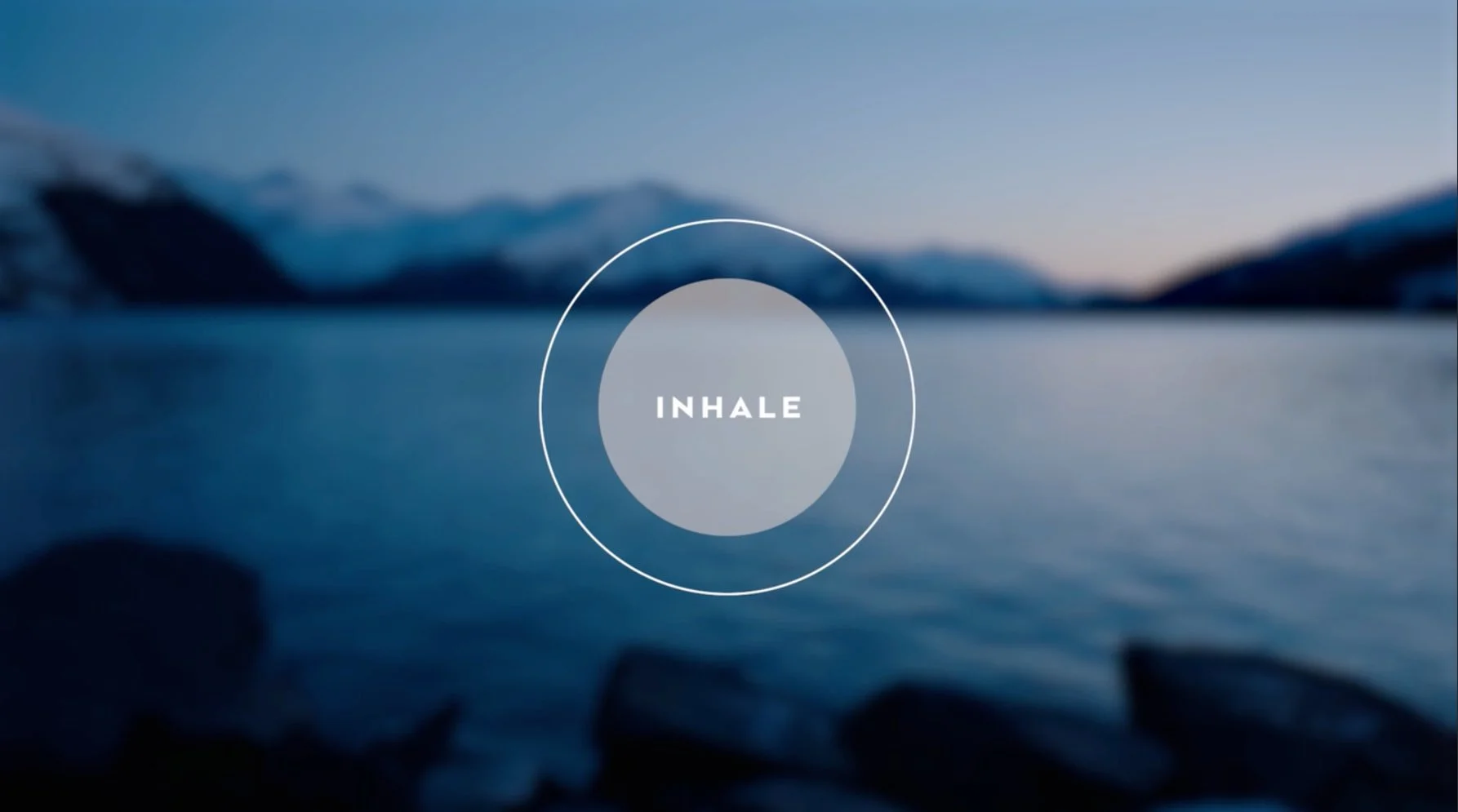The Instant Stress-Melter: 4-7-8 Breathing
If you’ve ever found yourself in a moment where your stress is through the roof (understandably, the past couple years might have something to do with it), turn to a breathing exercise. While it won’t magically solve your problems, it’ll at least help calm you and clear your thoughts.
4-7-8 breathing, also known as The Relaxing Breath, focuses on the three parts of your breath — the inhale, the hold, and the exhale — all for a timed amount in 4, 7, and 8 counts, respectively. Here, we’ll break down exactly how to do it, when you should incorporate it into your life, and some of the scientific benefits of this timed breathwork.
How to do 4-7-8 Breathing:
Inhale through your nose for 4 counts.
Hold your breath for 7 counts.
Exhale through your mouth for 8 counts.
Repeat for 4 total breath cycles.
According to Alo Moves yoga instructor Dylan Werner and his book, “The Illuminated Breath,” whenever the exhalation time is double the inhalation, the technique stimulates the parasympathetic nervous system, which emphasizes rest and digestion. Another tip that Werner explains is to purse your lips like you are “whistling or holding a straw” when exhaling, which encourages relaxation.
With this deep, rhythmic breathing pattern, you’ll tune out your thoughts and regain a sense of balance as you feel a deep sense of calm wash over you. If you tend to struggle with racing thoughts before bed, it could help you relax and fall asleep even faster.
The Benefits of 4-7-8 Breathing
A 2019 study on 4-7-8 breathing for patients with moderate chronic obstructive pulmonary disease effects identified some benefits, such as less shortness of breath, reduced anxiety, and reduced depression.
While there aren’t many clinical studies on this breathing technique, there is a lot of anecdotal evidence to support its benefits. It’s also touted by Harvard-educated medical expert Dr. Andrew Weil, who considers the 4-7-8 breath as “a natural tranquilizer for the nervous system.” In Werner’s book, other benefits stated include the below:
Increases carbon dioxide levels, meaning an increase in cellular oxygenation, lower blood pressure, and lower heart rate.
Increase in circulating red blood cells and red blood cell production on demand.
Increasing the ability to hold your breath longer.
If you’re a visual learner, follow along with the 4-7-8 breath technique in this short breathwork class for deep relaxation. You can find more breath techniques like this in our Visual Breathwork Exercises playlist and practice them for free with a 14-day trial to Alo Moves.


